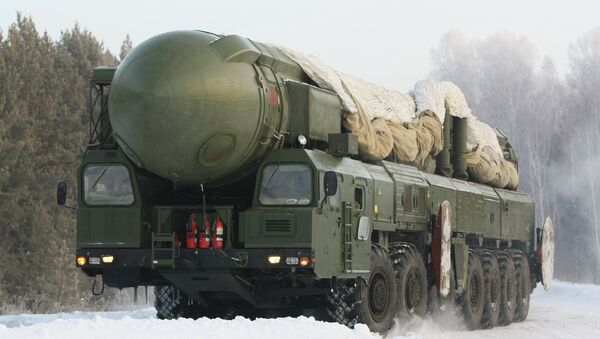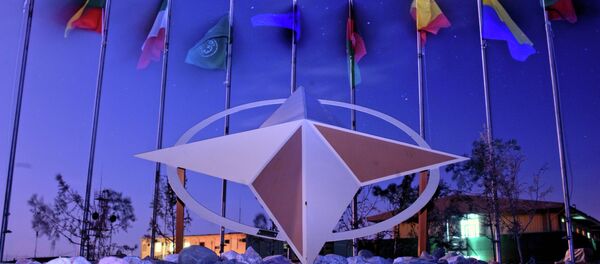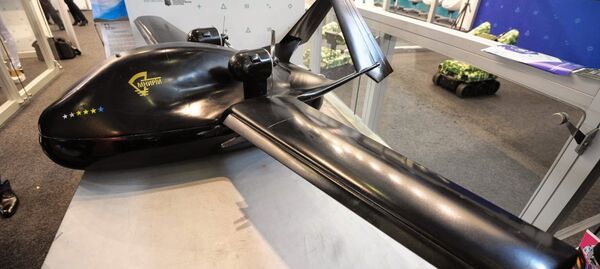“Our [the US] military’s long comfortable technological edge…is steadily eroding,” US Deputy Secretary of Defense Robert Work stated on Wednesday. “We still believe we have a margin, but the margin is steadily eroding and it’s making us nervous.”
Areas of concern for the United States include the advances made by Russia and China in modernizing nuclear weapons, anti-ship and anti-aircraft missiles, long-range strike missiles, as well as counterspace, cyber, electronic warfare, and special operations capabilities, Work said.
The past decade’s reversal and growth in Russia’s military spending and force modernization poses a “challenge” to the United States, according to Work, with a “transoceanic and global” force projection.
NATO’s Supreme Allied Commander of Transformation, General Jean-Paul Paloméros stated on Wednesday that the transatlantic alliance is “closely monitoring” Russia’s fielding and development of advanced weapons systems.
Given the narrowing edge of technological advantage over potential adversaries, NATO is focused on continually assessing how to transform itself “to keep the edge…on those very strategic domains,” the General stated.
Since 2012, Russia has been involved in a substantial military modernization program aimed at improving aging weapons systems and investing in new technologies through 2020, according to Russian official reports.
Over the past four years, Russia’s military expenditures have outpaced those of the United States as a percentage of gross domestic product (GDP), according to World Bank data which showed US expenditures at 3.8 percent of GDP and Russia at 4.2 percent. The rest of the world averages military expenditures at slightly over 2 percent of GDP.



